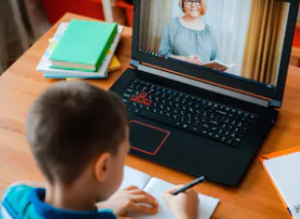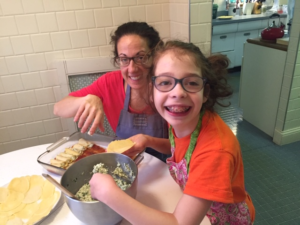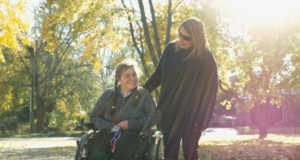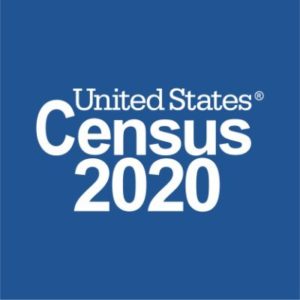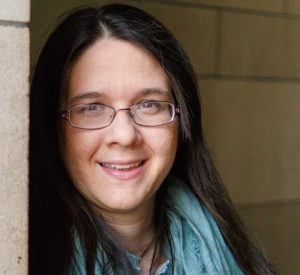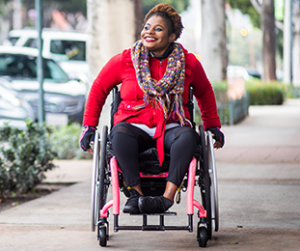Making Online Speech Therapy Work: Tips from an Expert
by Beth Finke
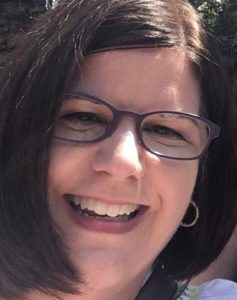 Here it is! Part Two of speech-language pathologist Marsha Boyer’s guest blog about teletherapy. The owner of Speech Connections, Inc in Indianapolis, Marsha says she’s seen countless changes in the Speech and Language therapy field over her 27-year career, ”but the year 2020 has brought a new meaning to the word ‘change!’” In Part one of her Education and Parenting guest post, she described how she, the children she serves and their parents made the switch from face-to-face therapy to tele-therapy while sheltering in place. Today she offers tips for speech-language pathologist and parents for the new school year.
Here it is! Part Two of speech-language pathologist Marsha Boyer’s guest blog about teletherapy. The owner of Speech Connections, Inc in Indianapolis, Marsha says she’s seen countless changes in the Speech and Language therapy field over her 27-year career, ”but the year 2020 has brought a new meaning to the word ‘change!’” In Part one of her Education and Parenting guest post, she described how she, the children she serves and their parents made the switch from face-to-face therapy to tele-therapy while sheltering in place. Today she offers tips for speech-language pathologist and parents for the new school year.
by Marsha Boyer, M.A.,CCC-SLP
I believe I speak for most speech-language pathologists and parents when I say that in the early stages of the pandemic we were using what resources we had and trying our best to continue with services. Now that we have had some time to take a step back and assess what we’ve accomplished so far, we can look at making a few adjustments to improve the delivery of services. I’ve learned a lot in the last six months or so, and today I’m sharing my tips to help speech-language pathologists and parents get the most benefit out of your tele-therapy sessions.
Parents:
- Try to use a large screen device or computer, and check for good internet connection. Tablets and phones are sometimes what are available when parents also have to be online for work, but I have found these devices often do not allow clients to interact with online activities. Also, find websites that help you check your internet speed and quality.
- Keep nearby distractions to a minimum. Siblings and pets are great topics for us to talk about but sometimes they are doing things that draw attention away from the speech therapist.
- Finish up those snacks and meals before meeting. Though I would rather have them happy than “hangry”, we lose some quality therapy time while they are eating, leaving me to stand by waiting.
- Set up your child in front of the camera so that your speech therapist can see their entire face. Hearing their speech through a speaker often does not allow me to hear those subtle changes. If I also have the visual component, the two together help me make a better assessment of how they are doing.
At this point in the year, most speech-language pathologists have had some experience with tele-therapy and most likely have materials and routines all set. My advice to speech pathologists at this point is to stay true to your style of therapy as much as you can to maintain some normality. For instance, though green screen activities are engaging, if that was not part of your skill set before the pandemic you may not want to tackle that yet. Annotating PDFs and using interactive learning games can address goals just as well. Here are a few additional tips to take your online sessions up a notch.
Speech-Language Pathologists:
- Have an external microphone and use headphones or earbuds while meeting with a child.
- Plan ahead for creative ways to engage very young children. We all know preschoolers can be unpredictable, but if you have a general idea of how you want to address a particular goal, you reduce the need to scramble for a way to pull in their attention. Even a simple hide and seek game where you ask a parent to help them hide an object while they turn off video, then back on for you to look around and ask them “where did you hide it?” This type of simple activity is great for working on answering questions.
- Consider a healthy mix of direct therapy from you and parent/child observation. Parents are happy to help facilitate and be a part of the session, but not all parents are at the same readiness level when it comes to being the leader. To a speech therapist, the parent/child interaction can be valuable information, but several parents I’ve spoken with have expressed feelings of stress and lack of confidence when asked to play with their child while the speech therapist watches and adds tips for drawing out specific skills.
- Go the extra mile now and again. I use a specific program for stuttering which involves the child keeping a set of cards that explain their fluency “tools.” I don’t ask the parent to print out these cards at home. Instead, I laminate the cards and send them by mail to their home. I include some fun stickers as encouragement, too, and discovered that kids get really excited about receiving mail with their name on it. Now I make encouragement packages a part of my practice for all of the clients I see.
Whether you’re a parent or a speech therapist, I hope my tips help you get more out of your therapy sessions!








